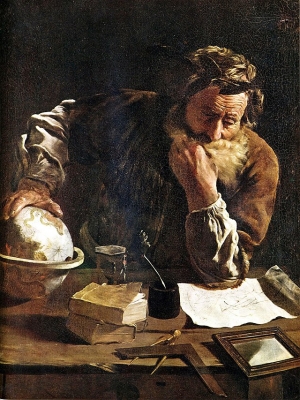Why does the work of Andreas Vesalius represent a milestone in medicine?


Andreas Vesalius was the founder of modern anatomy. This 16th century physician and surgeon completely revolutionized the science of biology and medicine.
By careful and painstaking dissections of cadavers, he learned a great deal about the structure of the human body and laid the foundation for modern physiology.
In 1543, he published a remarkable book ‘De humani corporis fabrics’. It was a fully illustrated anatomy of the human body, based on the observations Vesalius had made during his dissections. The book destroyed the misconceptions in anatomy that had persisted for over a thousand years.
Vesalius’ anatomical studies corrected many religious beliefs and the finding of a previous physician Galen, who had dissected apes because religion forbade him to dissect real human cadavers.
Vesalius was the first surgeon to actually cut open a cadaver or dead body of a human being, and his exceptionally detailed muscle drawings changed medical history for all time.



















